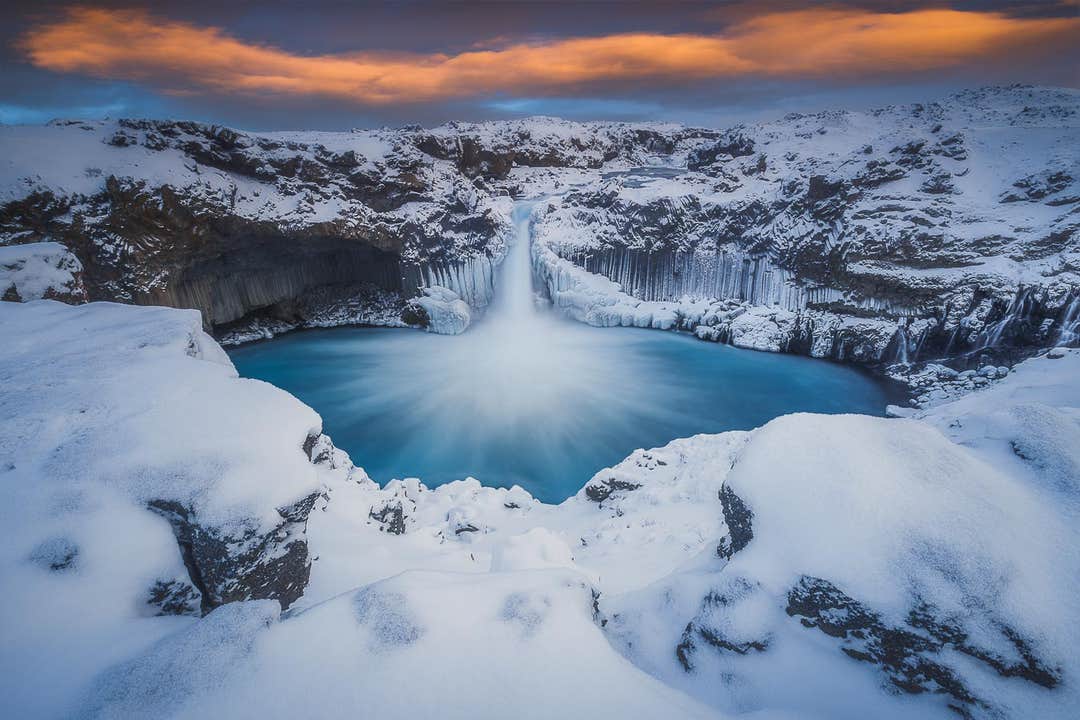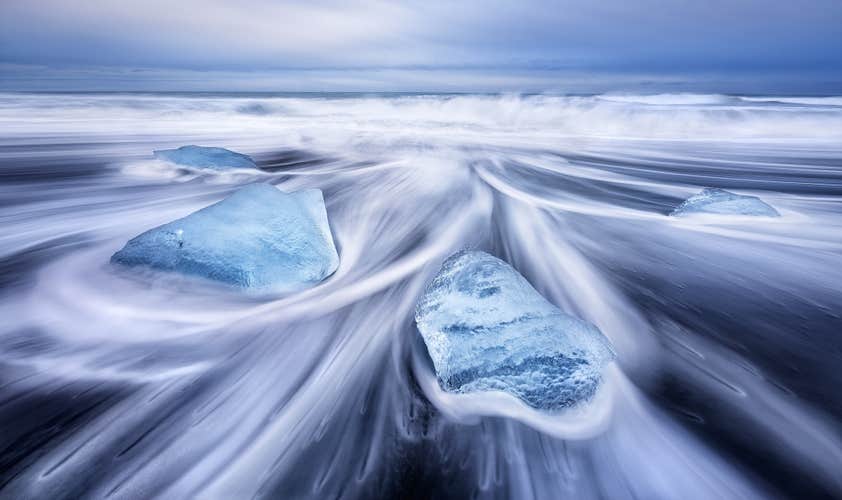Description
Summary
Description
Capture unbelievable natural phenomena such as the Northern Lights and ice caves on this eleven-day Winter in Iceland photography workshop. This tour will take you around the country's Ring Road, exposing you to spectacular landscapes and features, all the while radically improving your shooting skills.
Few wonders will be missed over the eleven days. You will get to see the unbelievable Jökulsárlón glacier lagoon, the diverse Lake Mývatn region, the remote East Fjords, as well as a wealth of glaciers, volcanoes, hot-spring areas and waterfalls.
This tour is conducted by experienced, esteemed photo-guides, who know all of the iconic shooting locations as well as many lesser-known spots where you can capture unique images of the Icelandic nature far from any crowds. They are also experts in locating and shooting the aurora borealis.
Regardless of whether you are an amateur photographer merely seeking to improve your skills, or a professional photographer aspiring to greatness, this tour will be of immeasurable value, both in what you shall learn and in how much your portfolio will expand.
Do not miss your chance to photograph the crystal blue ice caves and dancing northern lights of Iceland, amongst many other sites. Check availability by choosing a date.















